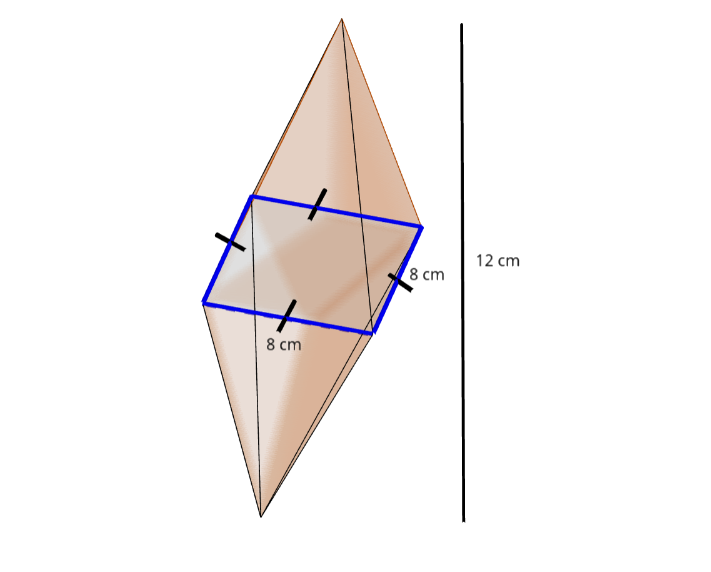Activity 3.2.1.
\(\textbf{Work in pairs}\)
Instructions
-
Imagine you are designing a small water channel shaped like a triangular prism to carry water from a tank to a garden.
-
Below is a cross-sectional diagram of the triangular prism channel.
-
Draw the triangular face and label its base and height.
-
Using the diagram, calculate:
-
The area of the triangular cross-section.
-
The volume of the prism (channel) that will hold water.
-
-
Discuss with your partner:
-
What is the relationship between the base area and the volume of the prism?
-
How does changing the height of the prism affect its volume?
-

